In Vivo Neuromethods
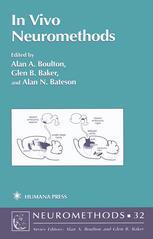
In Vivo Neuromethods By Alan A. Boulton, Glen B. Baker, Alan N. Bateson (auth.)
1998 | 396 Pages | ISBN: 0896035115 | PDF | 16 MB
In Vivo Neuromethods is the first of three successor works that update and expand the best-selling inaugural volume of Humana Press's warmly-received Neuromethods series, General Neurochemical Techniques (vol. 1). This important new book offers critical reviews of key techniques for investigating nervous system function, as well as the actions of drugs on the nervous system. The surveys range from authoritative treatment of such well-established techniques as the recording of electrical activity in the brain, to practical coverage of state-of-the-art methods, including neural transplantation and antisense technology. The techniques described are particularly suitable for studying the mechanisms of action of psychotropic drugs and drugs of abuse, as well as the etiology and pharmacotherapy of neuropsychiatric diseases and neurodegenerative disorders. Several of the methods detailed are highly useful in screening potential drugs for the treatment of depression, anxiety disorders, schizophrenia, and Parkinson's and Alzheimer's disease. The companion volumes, Molecular Neurobiology Techniques and Cell Neurobiology Techniques concentrate on in vitro approaches. Like their original predecessor, all three cutting-edge works will prove exceptionally useful to those basic and clinical neuroscientists who want to expand the range of their current research, or to develop competence in complimentary methods.


![S.T.A.L.K.E.R. 2 / STALKER 2: Heart of Chornobyl - Ultimate Edition (2024) [+UPDATE 23.12.2024 - v1.1.3] ElAmigos / Polska wersja językowa](https://i.postimg.cc/Zqd8RWGY/UZG8PBE.jpg)



































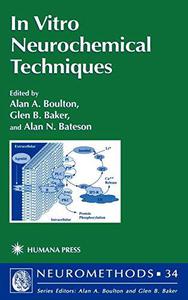
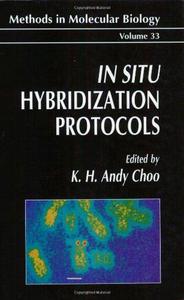
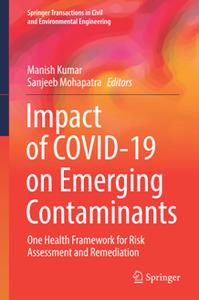

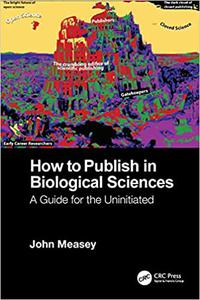



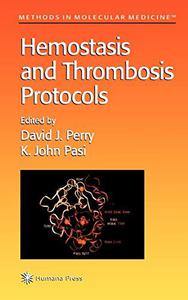







![David Gilmour - Luck and Strange (2024) [FLAC]](https://i.imgur.com/everaBc.jpeg)
![Męskie Granie Orkiestra - Męskie Granie 2024 (2024) [FLAC]](https://i.imgur.com/FAyOxrM.jpeg)
![The Rolling Stones - Hackney Diamonds (2023) [FLAC]](https://i.imgur.com/wCkyyUN.jpg)
![Lady Gaga - Harlequin (2024) [FLAC]](https://i.imgur.com/dcgIA8D.jpeg)
![Natalia Kukulska - Dobrostan (2024) [FLAC]](https://i.imgur.com/bdljG3O.jpeg)
![Kaśka Sochacka - Ta druga (2024) [FLAC]](https://i.imgur.com/hORQKvn.jpeg)
![Kuba Sienkiewicz - Pani Bóg (2024) [FLAC]](https://i.imgur.com/qijCx8Z.jpeg)
![Lanberry - Heca (2024) [FLAC]](https://i.imgur.com/8P7QfeR.jpeg)
![Sara James - PLAYHOUSE (2024) [FLAC]](https://i.imgur.com/m4f8OKg.jpeg)
![Grzegorz Hyży - EPILOG (2024) [FLAC]](https://i.imgur.com/8DA2sBr.jpeg)
![Myslovitz - WIECZORAMI CHŁOPCY WYCHODZĄ NA ULICE (2024) [FLAC]](https://i.imgur.com/l9mMtIG.jpeg)
![Krzysztof Zalewski - ZGŁOWY (2024) [FLAC]](https://i.imgur.com/vh48RAc.jpeg)
![Krzysztof Cugowski - Wiek to tylko liczba (2024) [FLAC]](https://i.imgur.com/SBzgqe2.jpeg)
![Nosowska - Kasia i Błażej (2024) [FLAC]](https://i.imgur.com/mObvVXQ.jpeg)
![sanah - Pianinkowe Kaprysy (2024) [FLAC]](https://i.imgur.com/pVjjPAa.jpeg)
![Kwiat Jabłoni - Pokaz slajdów (2023) [FLAC]](https://i.imgur.com/diERHfZ.jpg)
![Robert Cichy - Spacer po Warszawie (2024) [FLAC]](https://i.imgur.com/ixleU9o.jpeg)
![Viki Gabor - Terminal 3 (2024) [FLAC]](https://i.imgur.com/Q1KCnDs.jpeg)
![Sanah - Kaprysy (2024) [FLAC]](https://i.imgur.com/71OZm4h.jpeg)
![Męskie Granie Orkiestra - Męskie Granie 2023 (2023) [FLAC]](https://i.imgur.com/U4YHo8d.jpg)




